Search
Remove Ads
Advertisement
Summary 
Loading AI-generated summary based on World History Encyclopedia articles ...
Search Results
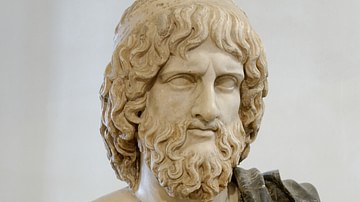
Definition
Pluto
Pluto is the god of the Underworld in Roman mythology. His Greek counterpart was Hades. Pluto chose never to sit on Olympus with the other gods and goddesses, preferring to remain in the Underworld. Family Pluto (Hades) was the son of...
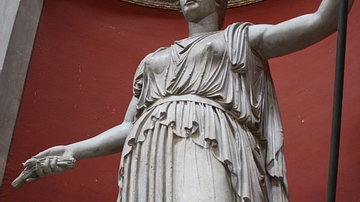
Definition
Ceres
Ceres is the goddess of agriculture and the harvest in Roman mythology. Her favor would bring humankind plentiful harvests and fruitful crops, but her wrath brought blight, drought, and famine. Usually depicted as a matron, her symbols included...

Image
The Planet Uranus
This is an image of the planet Uranus taken by the spacecraft Voyager 2 in 1986. The Voyager project is managed for NASA by the Jet Propulsion Laboratory.
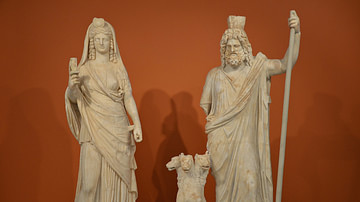
Image
Statue Group of Persephone-Isis and Pluto-Serapis with Cerberus
Statue group of Persephone (as Isis) and Pluto (as Serapis) with the three-headed dog Cerberus. From the Sanctuary of the Egyptian Gods at Gortyn on the island of Crete. Mid-2nd century CE. Heraklion Archaeological Museum. Pluto-Serapis...

Image
Bust of Pluto, Palazzo Altemps
A Roman bust of Hades/Pluto, based on a 5th Century BCE Greek original. (National Roman Museum, Palazzo Altemps)
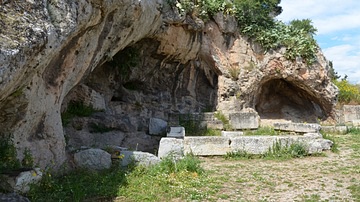
Image
Sanctuary of Pluto at Eleusis
The Sanctuary of Pluto/Hades was a peribolos wall enclosing a cave through which Pluto brought Kore back from the underworld. The small temple was built c. 328 BCE but was remodeled on many occasions from the 4th century BCE down to Roman...
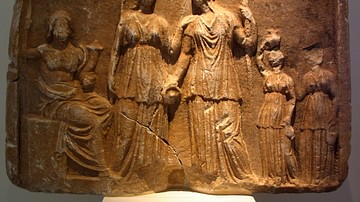
Image
Persephone, Demeter, & Pluto Marble Plaque, Tegea.
A marble plaque from Tegea depicting Pluto, Demeter and Persephone with worshippers. 4th-3rd century BCE. (National Archaeological Musem, Athens)
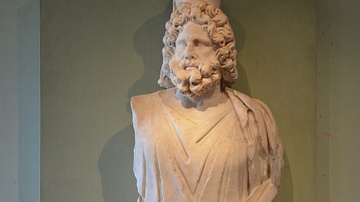
Image
Serapis Depicted as Pluto
The Egyptian deity Serapis, with a modius on the head, is depicted as Pluto. Next to him stands the three-headed dog Cerberus, guardian of Hades and the Greek underworld. From the Roman Villa of Chiragan, France. (Musée des Antiques de Toulouse...
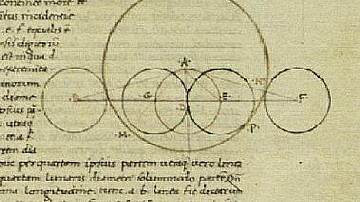
Definition
Greek Astronomy
Ancient Greek astronomy was the study of the universe to understand how it functioned and why apart from the established theistic model that claimed all things were ordered and maintained by the gods. Ancient Greek astronomers relied on observation...
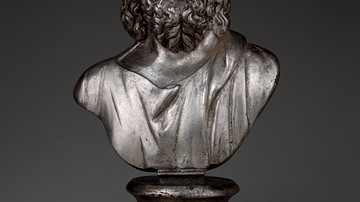
Definition
Serapis
Serapis is a Graeco-Egyptian god of the Ptolemaic Period (323-30 BCE) of Egypt developed by the monarch Ptolemy I Soter (r. 305-282 BCE) as part of his vision to unite his Egyptian and Greek subjects. Serapis’ cult later spread throughout...